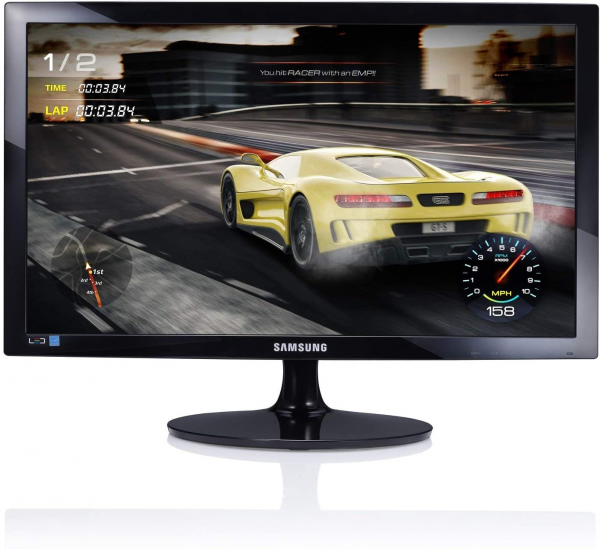Samsung
Samsung S24D330H: a basic 24 inch TN monitor
Aprox. 119€
See specificationsThe Samsung S24D330H is a very affordable monitor and we wanted to see what was in it. This unpretentious model is therefore passed under the expert eye of our probes, without much result ...
Positive points
Reagent.
Homogeneous slab.
Slight delay in display.
Good contrast for a TN panel.
Bad points
No rotation or height adjustment.
Limited connectivity.
No USB hub.
Viewing angles.
Our review
Presentation
The Samsung S24D330H has a 24 inch TN panel (≈61 cm) displaying a Full HD definition of 1,920 x 1,080 px. The manufacturer announces a brightness of 250 cd / m², a contrast of 1000: 1, viewing angles of 170 ° / 160 ° and a response time of 1 ms. The refresh rate is fixed at 60 Hz. The connection is limited to an HDMI input and a VGA input.
Priced at around € 130, the Samsung S24D330H is one of the best-selling 24-inch monitors on the market. However, for a few tens of euros, the Iiyama B2483HSU-B1 offers complete ergonomics and a little more exhaustive connectivity (DisplayPort and USB hub).
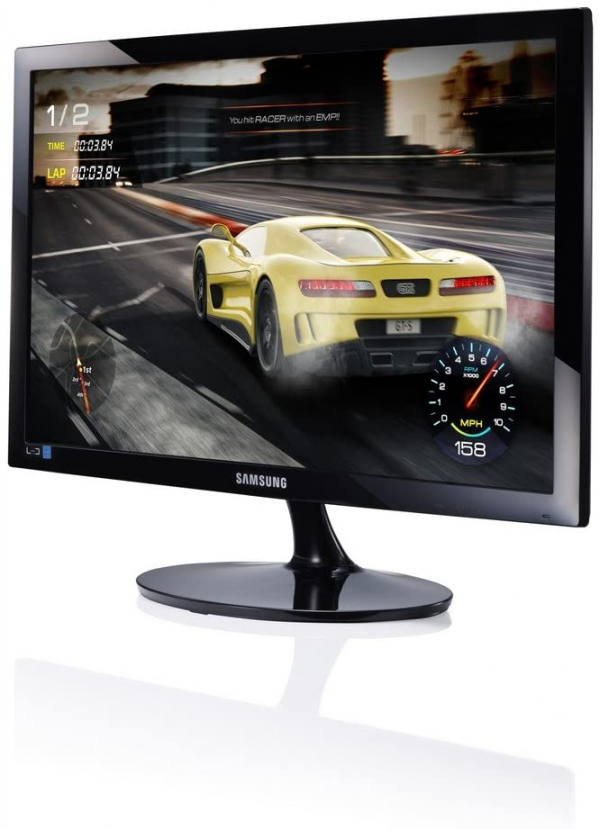
Ergonomics
The Samsung S24D330H is quite sober. Both the screen and the stand are completely black. Glossy plastic is quite sensitive to scratches and fingerprints. The 24-inch slab is covered with a matt coating that filters out reflections. The round foot, fairly compact and very classic, limits the space on the desk.
Weak point of this monitor: it is content with the tilt adjustment between -1 ° and + 20 °. The stand is not rotatable and, above all, it is impossible to adjust the height of the screen, a feature that is far from anecdotal.
The back of the monitor, also classic, is as refined as possible. The ribbed plastic offers a quality effect. The connection, directly visible, is oriented perpendicular to the slab. There is no cable management system; it will be tricky to make them disappear. Finally, the power supply is external, but it is compact.
Connectivity is limited to an HDMI input and a VGA input. There is no headphone output to recover sound from external speakers and the screen does not have built-in speakers. For the audio part, you must therefore connect directly to the source (PC, console or box).
The touch buttons allow you to turn on the screen and access the different settings (brightness, contrast, sharpness, overdrive, gamma, etc.). The menus are readable and the navigation is fluid, but the use of the buttons is not always easy.
On our 140 x 60 cm desk, the 24 inch screen looks very small. The contained depth of the foot (20 cm) leaves enough space for the keyboard and mouse. However, the Full HD definition is perfectly suited to the diagonal of 24 inches with a recoil of between 60 and 70 cm.
By lowering the brightness to 33 to obtain a white at 150 cd / m², the Samsung S24D330H consumes 11 W, or a relative consumption of only 69 W / m². This makes it one of the least greedy monitors in our comparison (average at 100 W / m²). At the minimum of the brightness (37 cd / m²), the monitor consumes 7 W. At the maximum (351 cd / m²), the consumption goes to 22 W.
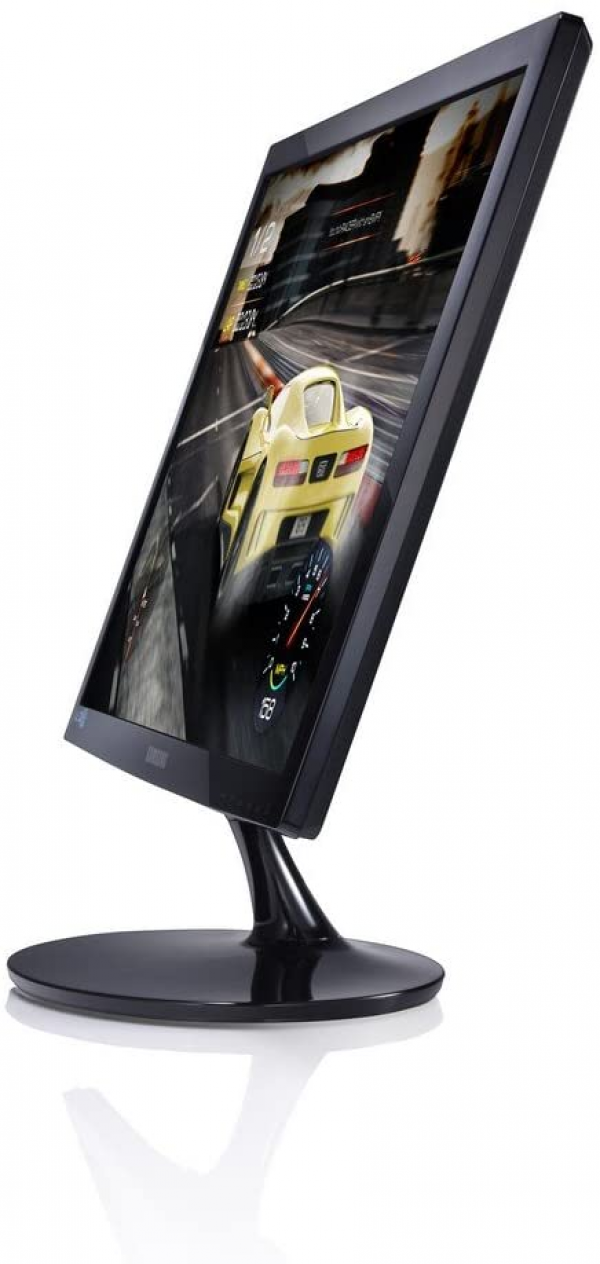
Colors and contrast
Default: average gray temperature: 6.335 K.
Default: gamma curve at 2.5.
Default: Delta E average at 4.1.
Leaving the factory, this monitor displays an image that is far from perfect. If the temperature is impeccable with a stable curve over an average of 6,335 K (very close to the 6,500 K reference), this is not the case of the gamma curve. The latter lacks stability with an average of 2.5, very far from the expected 2.2. This results in blocked gray levels. Colors also lack fidelity: almost all shades have a delta E greater than 3, a threshold beyond which the human eye perceives a difference between the expected colors and the colors displayed. The average delta E thus stands at 4.1.
Manual adjustment: average gray temperature: 6,240 K.
Manual adjustment: gamma curve at 2.5.
Manual setting: Delta E medium at 4.3.
The different settings offered by the monitor do not improve the final rendering. We simply reduced the brightness to 33 in order to obtain a white close to 150 cd / m². The curves are all identical to those obtained by default and the temperature deviates a little from the target value.
Calibrated: average gray temperature: 6,590 K.
Calibrated: gamma curve at 2.2.
Calibrated: average delta E at 2.7.
Calibrating the screen using a probe makes it possible to smooth the temperature and gamma curves and finally reach the reference values. The color rendering is finally good (average delta E at 2.7), but red, green, yellow, cyan and magenta still lack precision. You can download this color profile by following this link.
The good surprise comes from the contrast. We have measured a rate of 1,230: 1, which is very good for a TN panel (usually this technology does not exceed 1,000: 1). This is far from the contrast observed on VA monitors such as the Textorm TX32 or the Philips BDM4037UW, whose ratio exceeds 4,000: 1. In practice, in the dark, blacks appear grayish. This has no impact when used in broad daylight.
The average difference in uniformity of lighting is only 3% over the entire slab. We did not find any light leaks in the corners or clouding on our test model. Regarding viewing angles, TN technology is very directive, which results in fairly pronounced color variations.
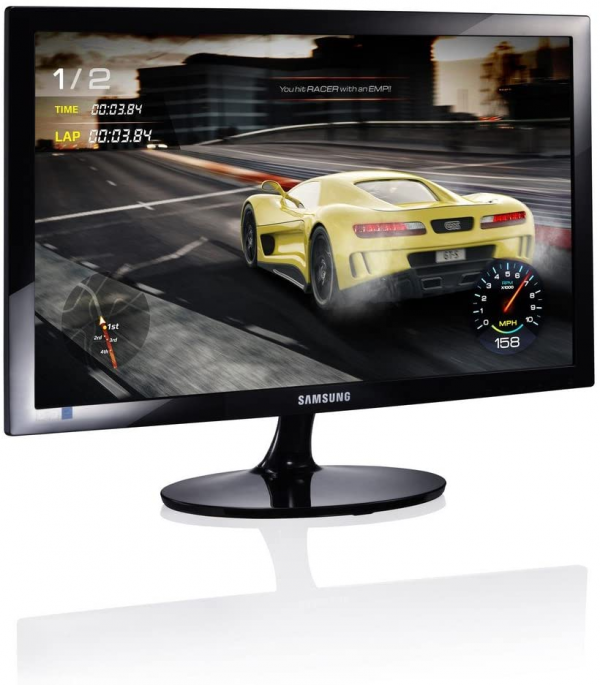
Reactivity
The Samsung S24D330H does not use Pulse Width Modulation (PWM) to adjust the brightness. It therefore does not flicker and does not cause headaches in the most sensitive people.
We measured the remanence time at only 6 ms with the overdrive set to "fast". This value limits ghosting. Beyond ("accelerated" setting), a very unpleasant reverse ghosting effect appears. Finally, we measured the delay in the display (input lag) at 12 ms (60 Hz). There is thus no offset between the source and the display on the monitor.
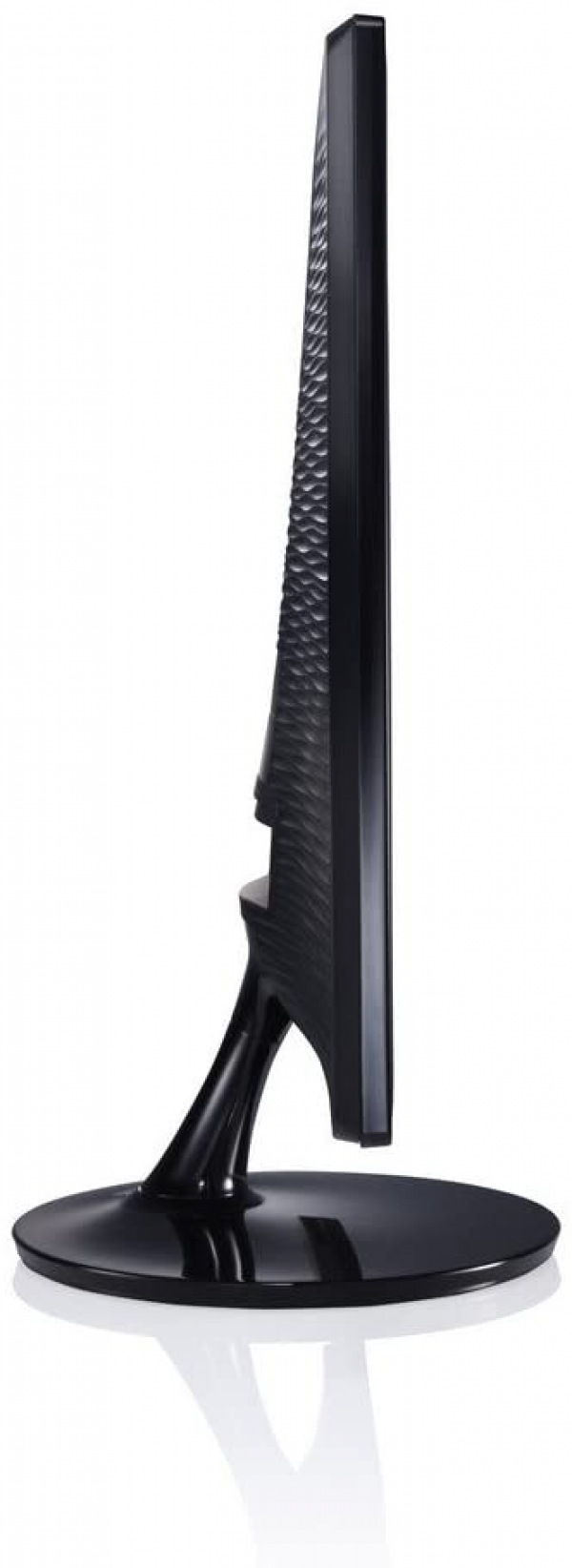
Conclusion
The Samsung S24D330H does not have big faults, but it does not combine qualities either. In the end, he is a very average monitor across the board. The image quality leaves something to be desired, the ergonomics are basic and the connectivity is very limited. It has for him its good reactivity, its homogeneity and its delay in display. In the end, it is no match for the ViewSonic VX2457-MHD, which is better in almost all compartments.
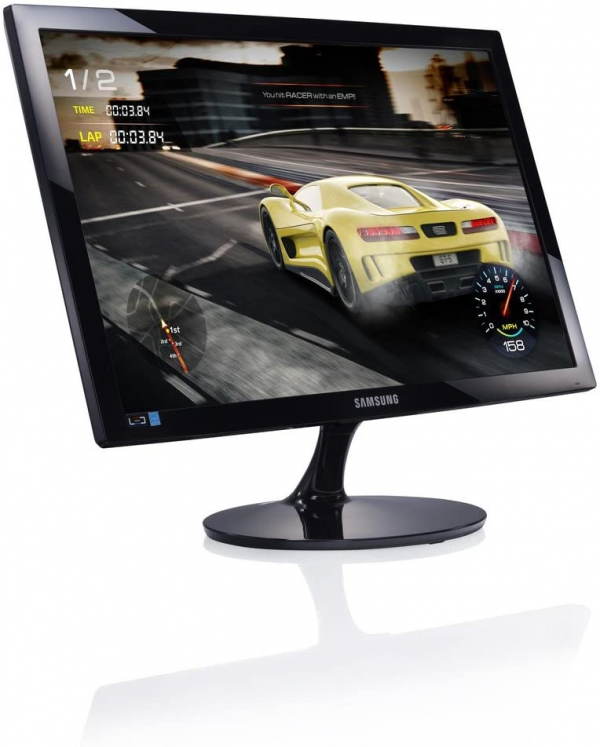
Specifications

